When it comes to determining the next 20 years of management on our public lands, local sportsmen and other stakeholders have been engaged from the start—and our voices should carry weight
Our public lands. That phrase means a lot to me, and if you’re reading this, I bet it does to you too. As Americans, we’re uniquely privileged to enjoy the best that the outdoors has to offer, regardless of our income or station.
This is certainly true for the world-class elk, mule deer, wild trout, and Rocky Mountain bighorn sheep habitat of eastern Colorado, much of which is overseen by the BLM’s Royal Gorge Field Office. Some of the other species you can pursue in this area, if you have the luck or ingenuity, include white-tailed ptarmigan, bobwhite and scaled quail, lake trout, waterfowl, moose, mountain goats, black bears, and wild turkeys.
So, when it comes to how these lands are managed, the stakes are high. And, right now, the BLM is rewriting the guidelines for the next two decades, or more, of public land management.
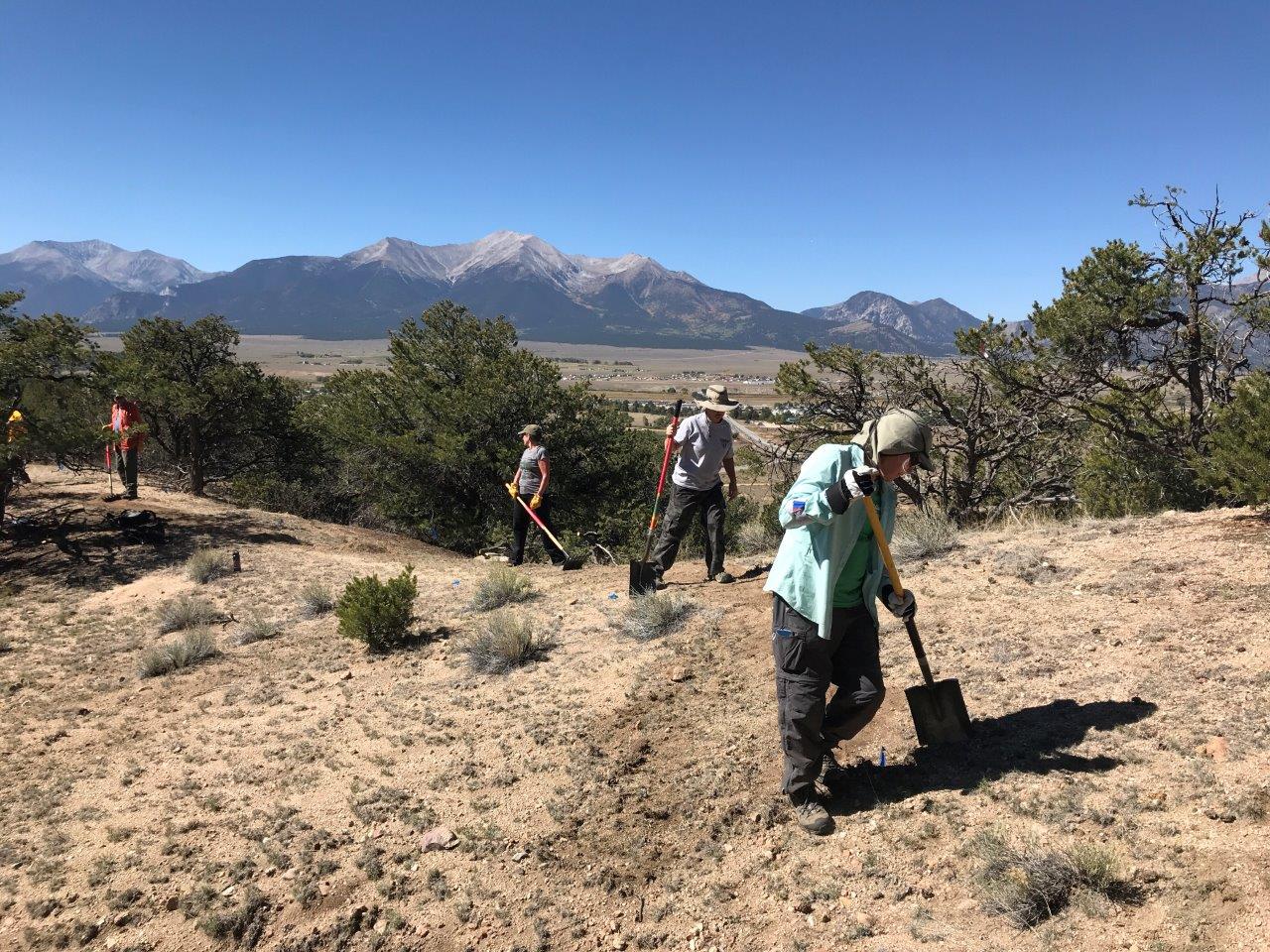
Working Together for our Public Land Heritage
In the very near future, the Royal Gorge Field Office will have a new Resource Management Plan, which guides decision making for things like public-land access, development, and management objectives. Our community of hunting and fishing groups has already invested significant time and resources to see that the final guidelines for this region reflect Colorado’s values.
Government bureaucracy can be daunting, and the policy-making process grueling, but our coalition of 23 local businesses, more than 500 individual hunters and anglers, and seven sporting organizations has been consistently engaged in planning efforts for this area for more than 11 years.
There have been some challenges along the way, but we’ve been proud to work for Colorado’s habitat, access, and outdoor heritage. It’s not hard to see that these efforts are all about upholding the public-lands legacy that we’ve inherited from the likes of Theodore Roosevelt. We are aware of both the immediate consequences and long-term significance of this negotiation, and many of us have been inspired by the work and encouraged by the progress made so far.
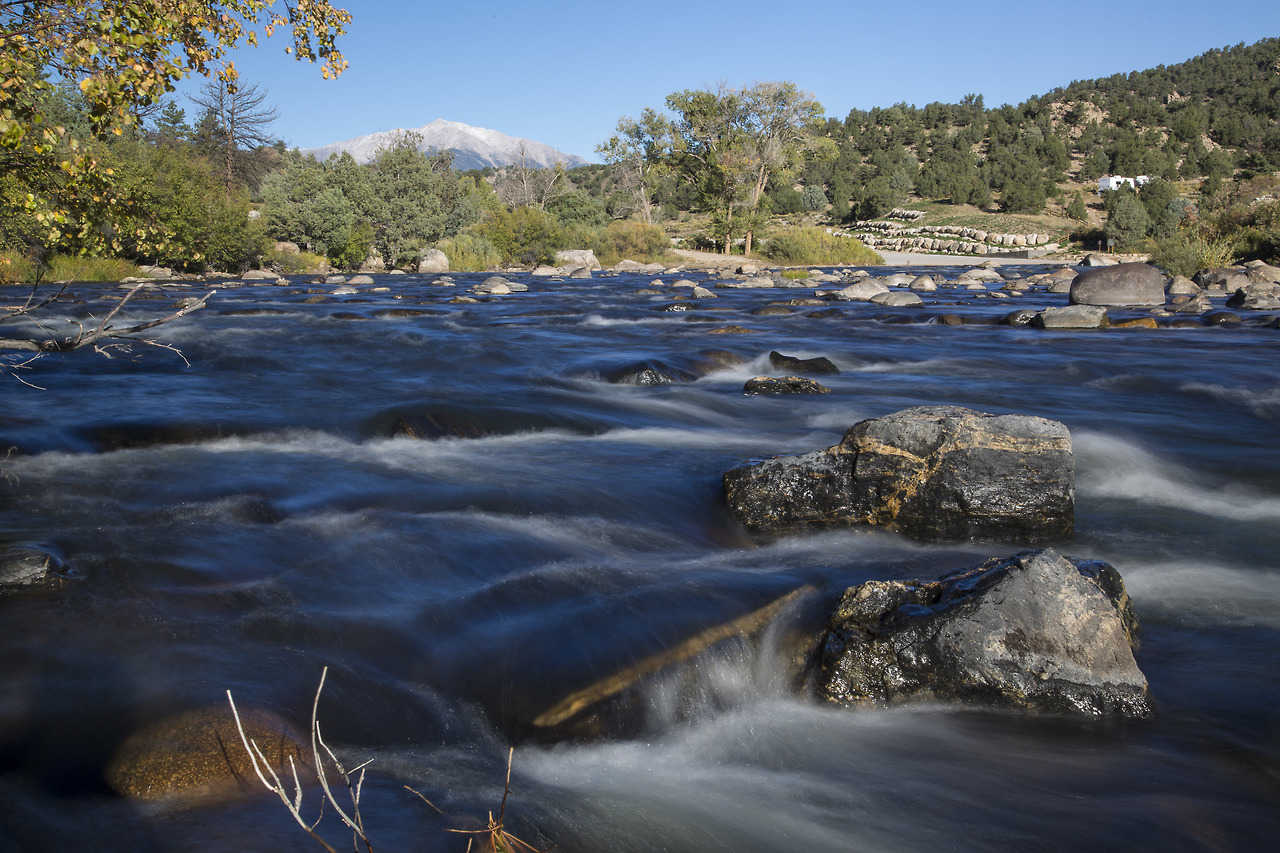
In addition to having tradition and individual commitment on our side, there are other reasons to feel optimistic about the possible outcome. Secretary of the Interior Ryan Zinke has prioritized expanding and enhancing hunting opportunities (see Secretarial Order 3347), conserving big game migration corridors and winter habitats (see Secretarial Order 3362), and supporting recreational opportunities on public lands (see Secretarial Order 3356).
Importantly, to date, the Colorado BLM has done a great job listening to the local community—particularly sportsmen and women. Preliminary drafts prioritized maintaining and enhancing hunting and fishing opportunities on some of our most-celebrated landscapes, including the South Platte River, the South Park valley, and the Arkansas River canyon.
Seeing It Through
As decision-makers finalize the plan, it’s critical that they uphold the substantive results of the long-term process by managing these lands for the benefit of fish and wildlife, habitat, and sportsmen and women. Our coalition represents just a portion of the community that is counting on the Colorado BLM to move forward with what local stakeholders have asked for and supported in the Royal Gorge Field Office plan.
Over the years, we’ve been encouraged by the collaborative spirit and consideration of local preferences demonstrated throughout this process. Continuing along this path, with everyone on board, will no doubt result in a huge victory for sportsmen and our community.
Main photo by BLM-Colorado via tumblr

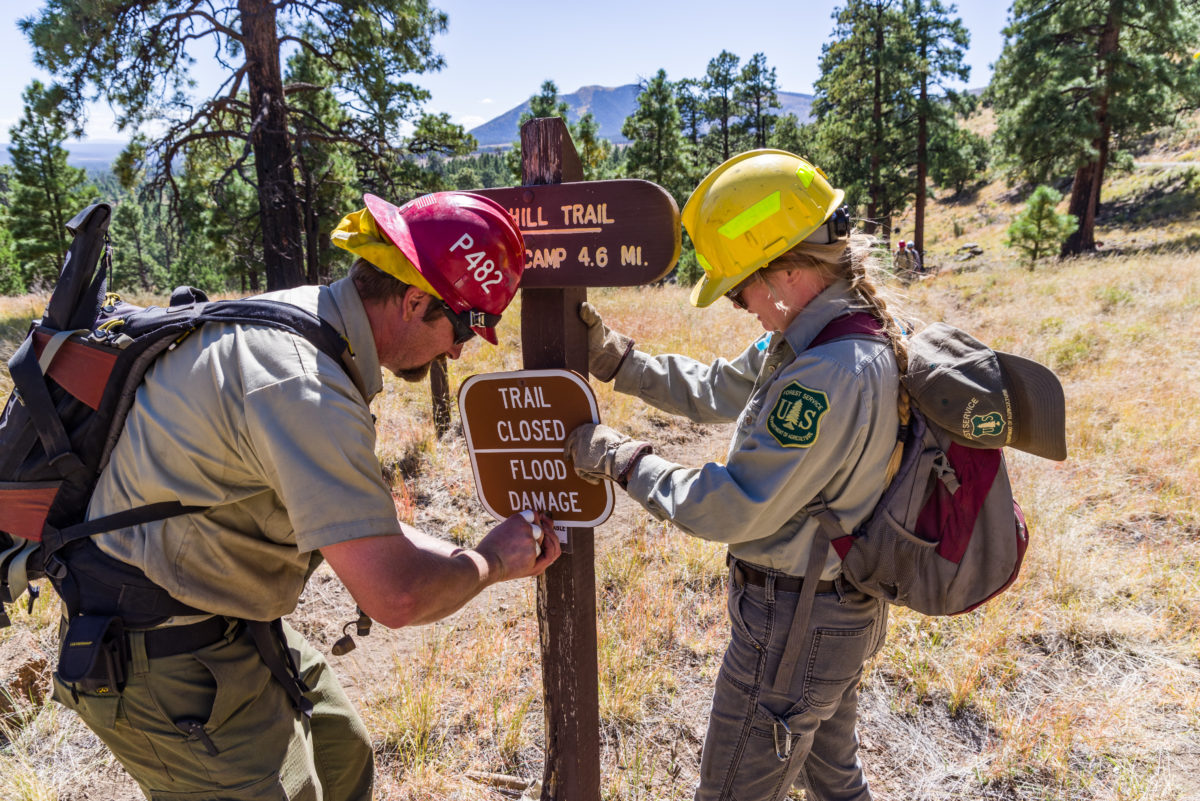
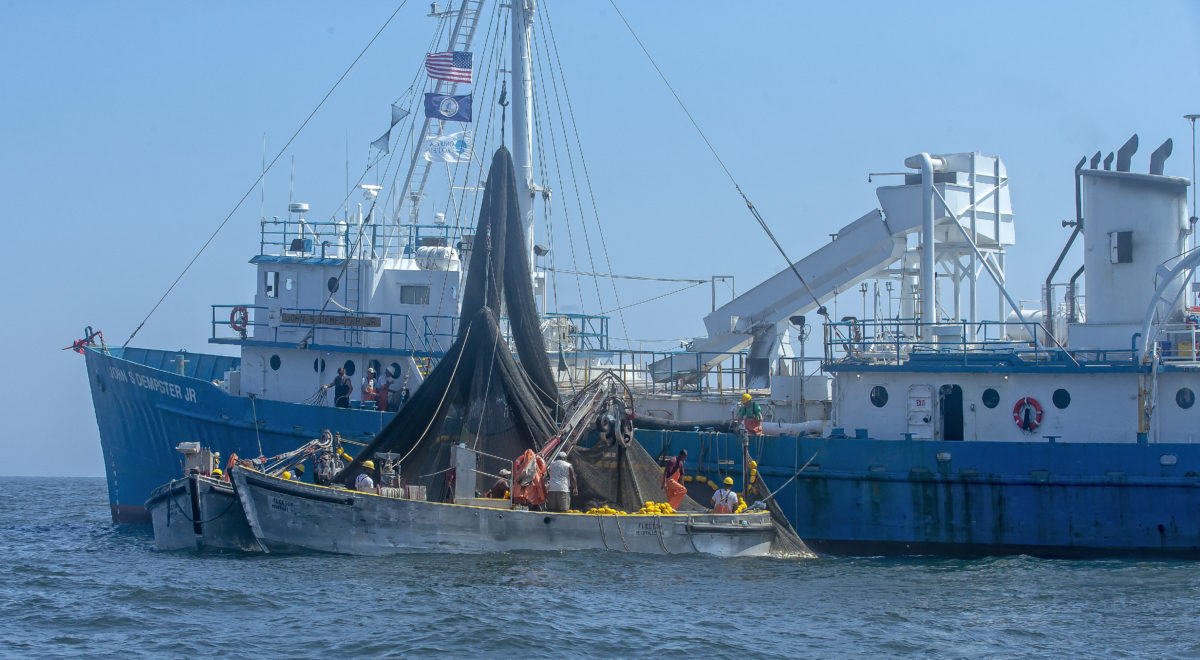
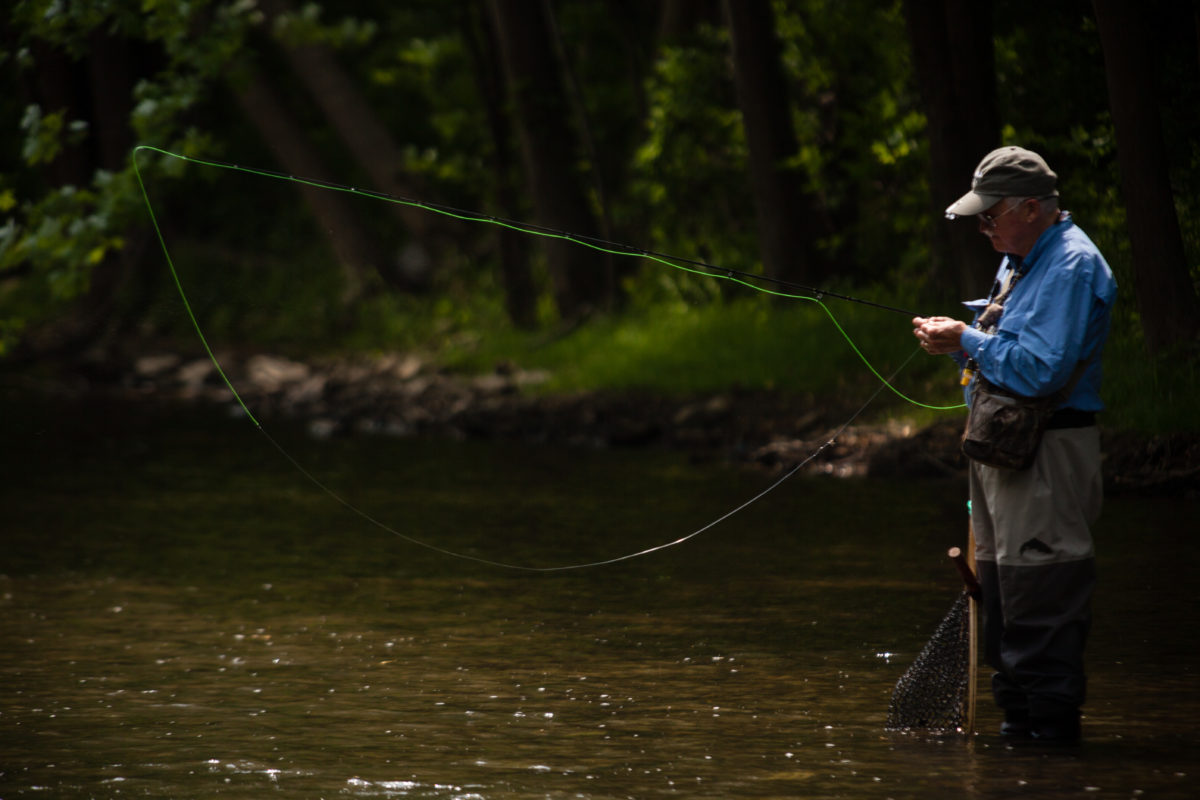




Colorado DPW has been derelict in the execution of their assigned duties and gross mismanagement in reference to big game herds. There are less than half the number of Elk claimed for decades. In North Park this year, it is mandatory to test all Mule Deer for CWD, but DPW in their infinite stupidity, they refuse to warn hunters that CWD is transmissible between all Cervids. That includes Deer, Elk and Moose. Not a peep in the regs. Meanwhile, just to the North in Wyoming, all Cervids have to be tested. Colorado is of such poor big game hunting I will no longer purchase any tags. None. I am willing to pay non-res prices in other states for far better hunting. Two months for Elk instead of five days ! Pathetic hunting. DPW refuses to consider additional revenue streams and continually increases license prices ! DPW diverts hunting revenue to non-hunting activities. Many more examples available. DPW allows ranchers and outfitters to haze Elk onto private land for outfitters ! The hunters here accept a 10% or less succes rate for Elk ! Pathetic. Overall grade F.
I want to know whom Ryan Zinke is expanding hunting opprotunities for exactly; usa hunters and or foreign. Large corporations and or average hunters???
Keep in mind that Colorado Parks and Wildlife manages all wildlife in Colorado not the BLM. The BLM works closely with state and local government to provide, protect and enhance recreational opportunities such as hunting and fishing. BLM manages only the land and has minimal say in how the animals on that land is managed. The BLM conducts many projects designed to provide improved habitat for wildlife including big game and fishing. They conduct environment reviews to determine the effects of any ground disturbing projects and to require mitigation measures to limit disturbance of wildlife and fish. The current administration favors energy development over conservation and has cut back on the environmental review process by reducing comment times and eliminating many mitigation options which might cost a proponent anything. If considered in the planning process most mitigation measure add little or no cost to a development.
To include the information about wildlife management here, infers that the BLM has the ability to limit or direct wildlife management. It does work to enhance habitat, and to limit the disturbance of wildlife in periods where stress could harm them. But by and large, CPW decides what is needed for wildlife management and the BLM aids those decisions whenever possible. So don’t confuse the responsibilities and duties of the two agencies as it seems you have done in the two comments provided. The BLM provides ample opportunity for sportsmen and the public to provide input on the Resource Management Plans but sadly most members of the public would rather not participate and then complain about whatever that feel is not meeting their needs. Taking part of the process, providing your input and have your say by commenting on the process is the best way to influence the decisions made by the BLM which works diligently to provide hunting and fishing by providing good quality habitat and to allow a variety of uses of public land as The Congress put forth in Federal Land Management and Policy Act of 1976 (FLPMA).
Here comes more road closures just like the BLM travel management plan did. California wildfires should be a wake up call, it is the public’s land not the governments, let us use it responsibly and BLM patrol it for violators.
I find it alarming that when I bought property here in Colorado to build on that I can not hunt my own land without a license and that licenses are all in 1 big pool with out of state hunters so property owners rights to hunt their own land are being violated and stifled. I moved from MD and spent the better part of 25 yrs helping manage the fisheries in the state sitting in many panels and boards to which this type of situation does not exist there for land owners. MD is one of the most heavily regulated states for everything from guns to property and yet you can still hunt your own land without a license and obtain a hunting license without competing for them without of state hunters. This issue needs to be resolved as it also like many things infringes upon one of our basic rights as citizens and land holders not to mention state tax payers.
Thanks, I have just been looking for info about this subject for
a while and yours is the best I have discovered so far.
But, what concerning the conclusion? Are you positive concerning the source?